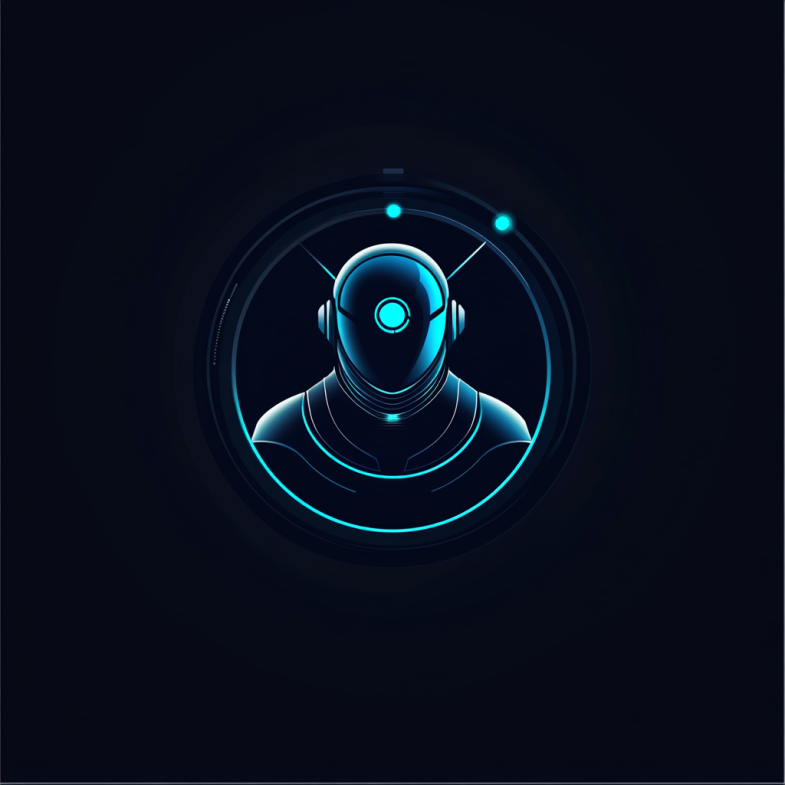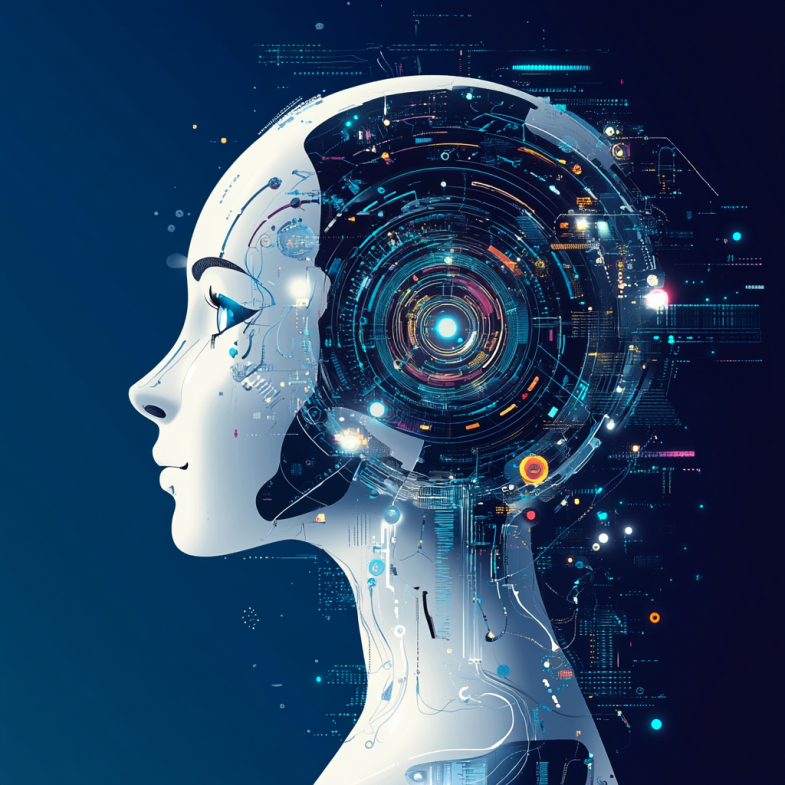In recent years, artificial intelligence (AI) has become an integral part of our lives. We have become accustomed to the fact that algorithms anticipate our desires. But how exactly does AI change the world around us? What technologies have already been implemented in our everyday lives and what development prospects await this sector? Let’s take a closer look.
Chapter 1: AI in Home Appliances
Smart Assistants
One of the most obvious examples of the use of AI in everyday life is smart voice assistants. Amazon Alexa, Google Assistant and Apple Siri are devices that have become real assistants for many people. They can perform a variety of tasks: from controlling lighting and climate control to creating reminders and searching for information on the Internet. These systems operate on the basis of machine learning, which allows them to become more accurate and useful every day.
Smart Home
Smart homes are another aspect where AI plays a key role. Modern systems allow you to control almost every aspect of your home via your smartphone or voice assistant. For example, thermostats can automatically adjust the temperature based on your habits and weather conditions. Surveillance cameras with facial recognition provide additional security, and smart locks allow you to control access to your home remotely.
Apps for managing home devices
Many manufacturers offer apps for managing smart devices. These apps use AI to analyze data and optimize the operation of systems. For example, they can analyze your habits and suggest optimal energy consumption modes, which ultimately helps save money and care for the environment.
Chapter 2: AI in Medicine
Disease Diagnosis
One of the most important areas of application of AI is medicine. AI algorithms can analyze medical images, such as MRIs and X-rays, to accurately detect diseases at an early stage. This is especially important for complex diseases such as cancer and cardiovascular diseases, where early diagnosis can save lives. Personalized Treatment
AI is also used to create personalized treatment plans. By analyzing patient data, such as genetic information and test results, algorithms can suggest optimal treatments that take into account each person’s unique characteristics. This can significantly improve the effectiveness of treatments and minimize side effects.
Big Data Analysis
Large amounts of medical data can be difficult for humans to process, but AI handles this task without any problems. It can analyze millions of records, identifying patterns and correlations that can help develop new treatments and drugs. For example, AI is already helping researchers find new approaches to treating diseases such as diabetes and Alzheimer’s.
Chapter 3: AI in Business and Work
Automating Routine Tasks
In business, AI is actively used to automate routine tasks. This can include reporting, data processing, and inventory management. Automating these processes allows employees to focus on more strategic tasks, which ultimately increases the overall productivity of the company.
Analytics and Forecasting
AI is also used to analyze markets and forecast demand. Companies can use this data to optimize their operations and increase profits. For example, large retailers use AI to analyze shopping behavior and create personalized offers, which helps them increase sales.
Virtual Assistants for Employees
AI-powered virtual assistants help employees be more productive. They can schedule meetings, send reminders, and even make strategic decisions based on data analysis. For example, such assistants can analyze emails and suggest the best time to hold meetings based on the schedules of participants.
Chapter 4: AI in Transportation
Autonomous Cars
One of the most exciting applications of AI is the development of autonomous cars. Today’s self-driving cars use AI to analyze their environment and make decisions in real time. This allows them to safely navigate the roads, avoiding obstacles and other hazards. Although fully autonomous cars have not yet become a mass phenomenon, many experts believe that it is only a matter of time. Optimizing Logistics
AI can also help companies improve delivery routes and reduce fuel costs. AI-powered systems can analyze vast amounts of data about traffic and weather conditions to suggest optimal routes for drivers. This not only saves money, but also helps can reduce carbon emissions.
Road Safety
AI can also help improve road safety. Video surveillance systems with object recognition can analyze the traffic situation and warn drivers of potential hazards. This can significantly reduce the number of traffic accidents and make roads safer.
Chapter 5: Ethics and the Future of AI
Ethical Issues
Despite all the benefits of AI, its use also raises a number of ethical questions. For example, how to ensure the protection of user data? How to combat algorithm bias? How to prevent AI from being used for nefarious purposes? The answers to these questions require careful consideration and the development of appropriate regulations.
The Future of Technology
What does the future hold? Experts suggest that AI will continue to develop and become even more integrated into our lives. We can expect the emergence of new devices and services that will use AI to solve a wide range of problems. However, it is important to remember that the development of AI should be aimed at the benefit of society and take into account the interests of all its members.
Artificial intelligence has already become an integral part of our lives and will continue to change the world around us. It helps us make everyday tasks easier, improves the quality of medical care, increases business productivity, and makes transportation safer. However, it is important to remember the need for a responsible approach to the development of AI and adherence to ethical principles. At the same time, we can create a future in which AI works for the benefit of all humanity.


